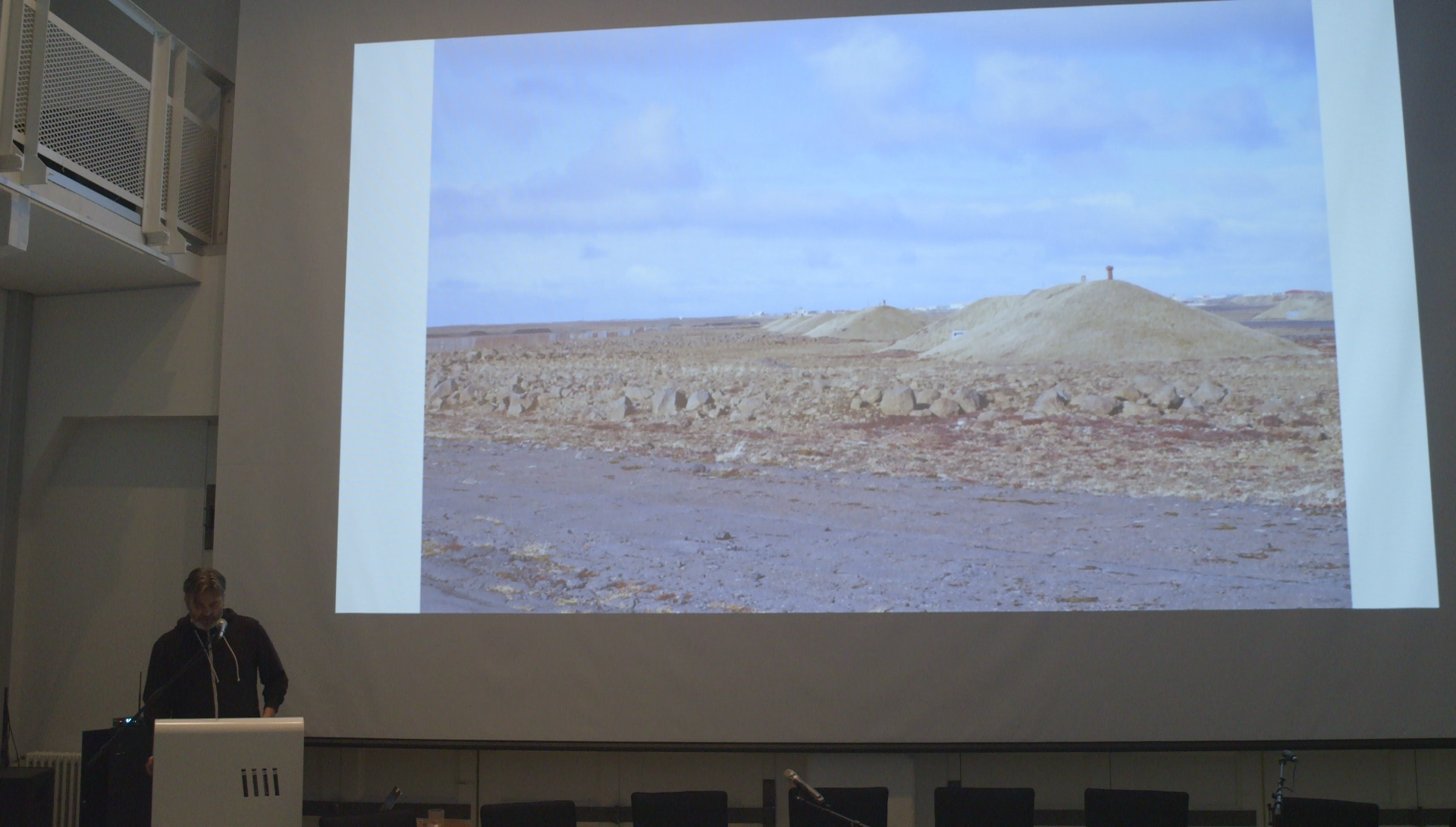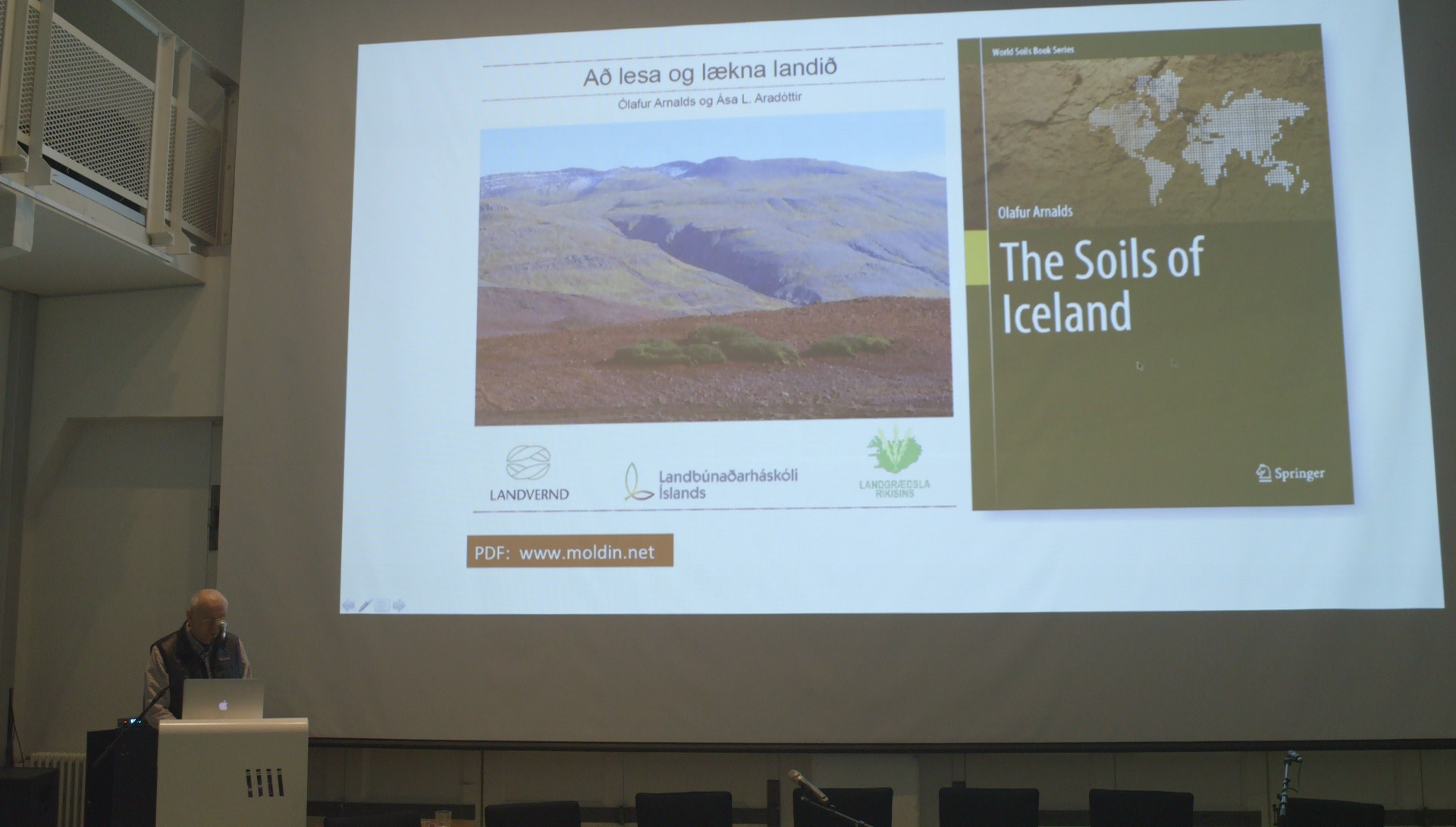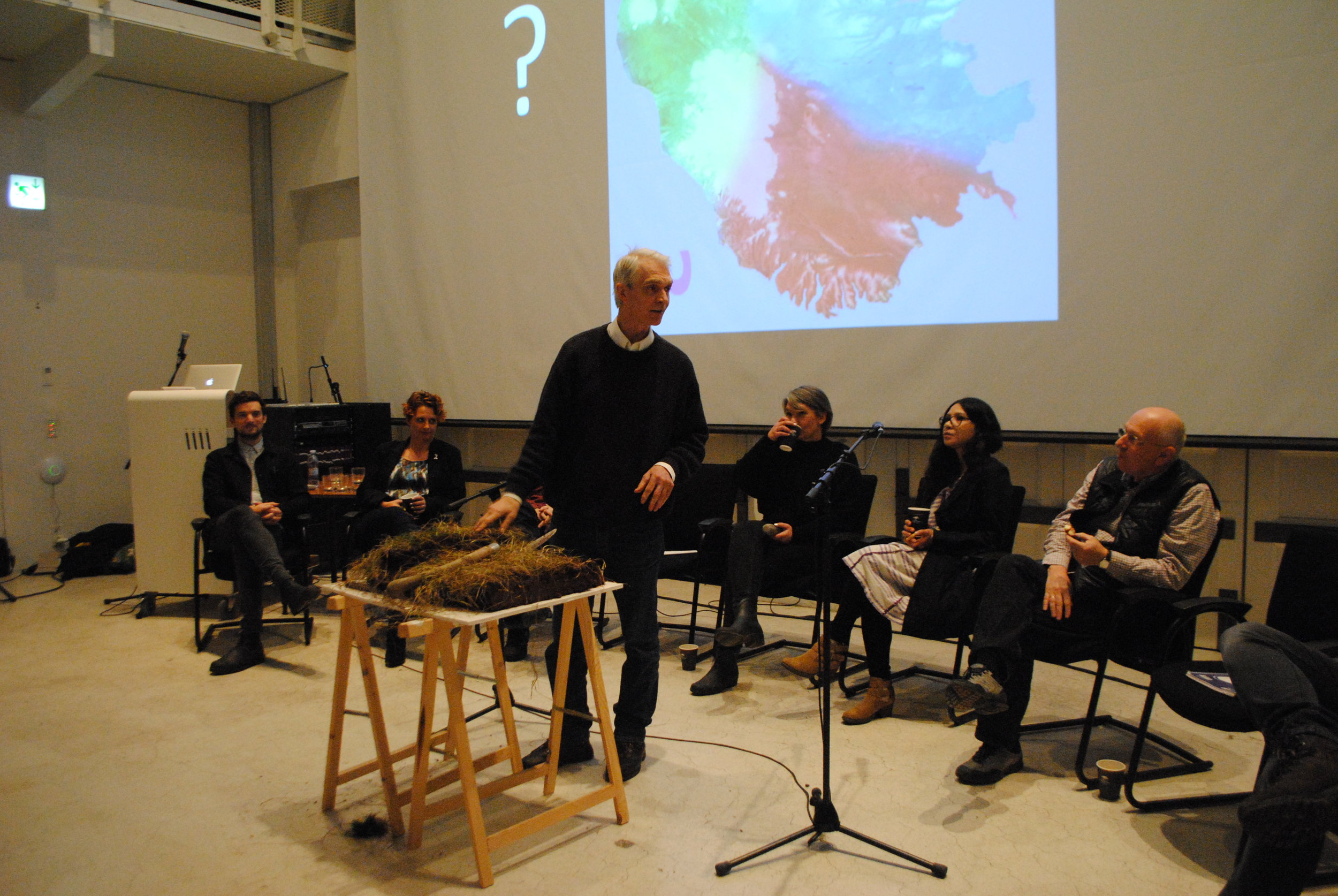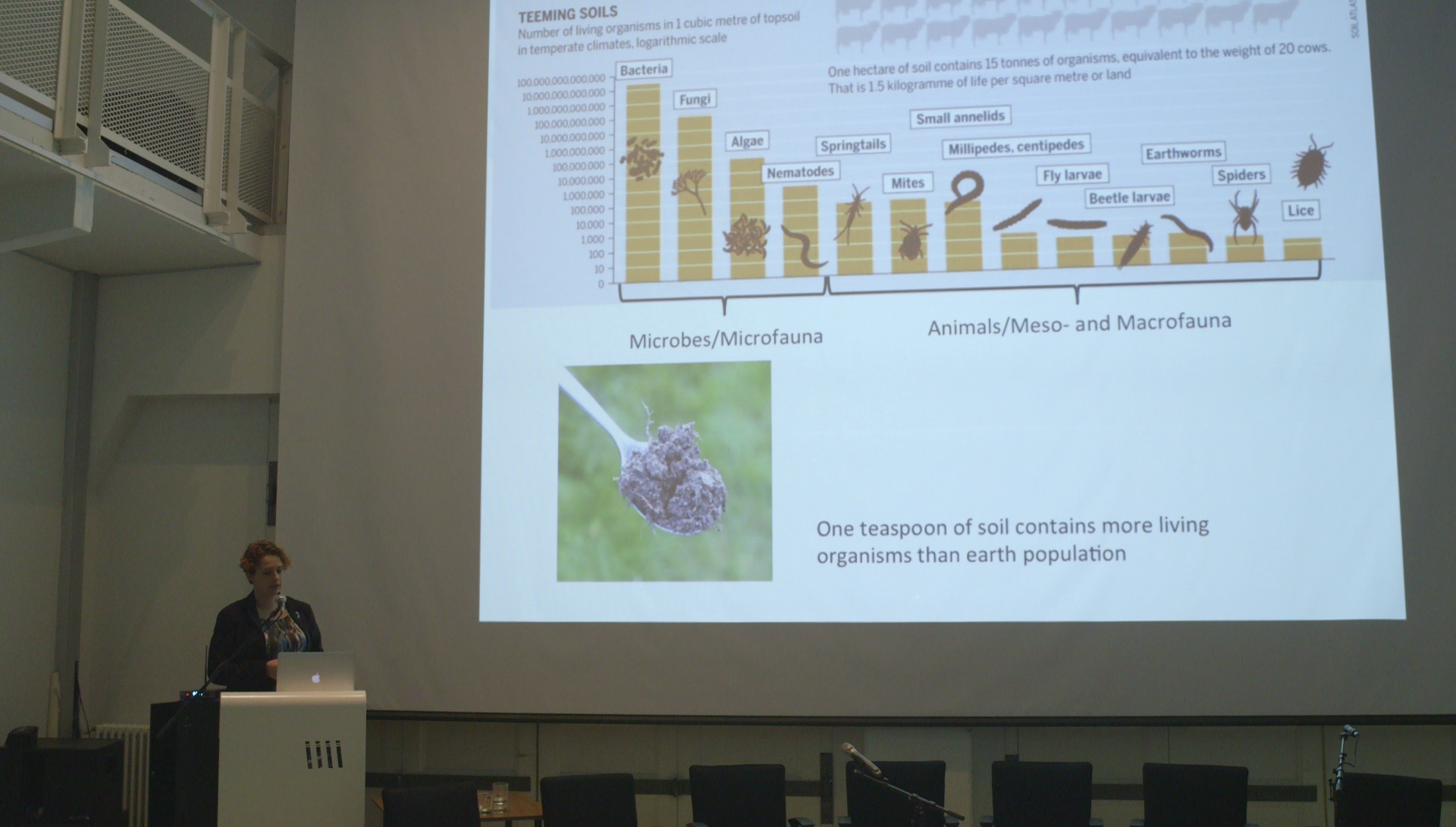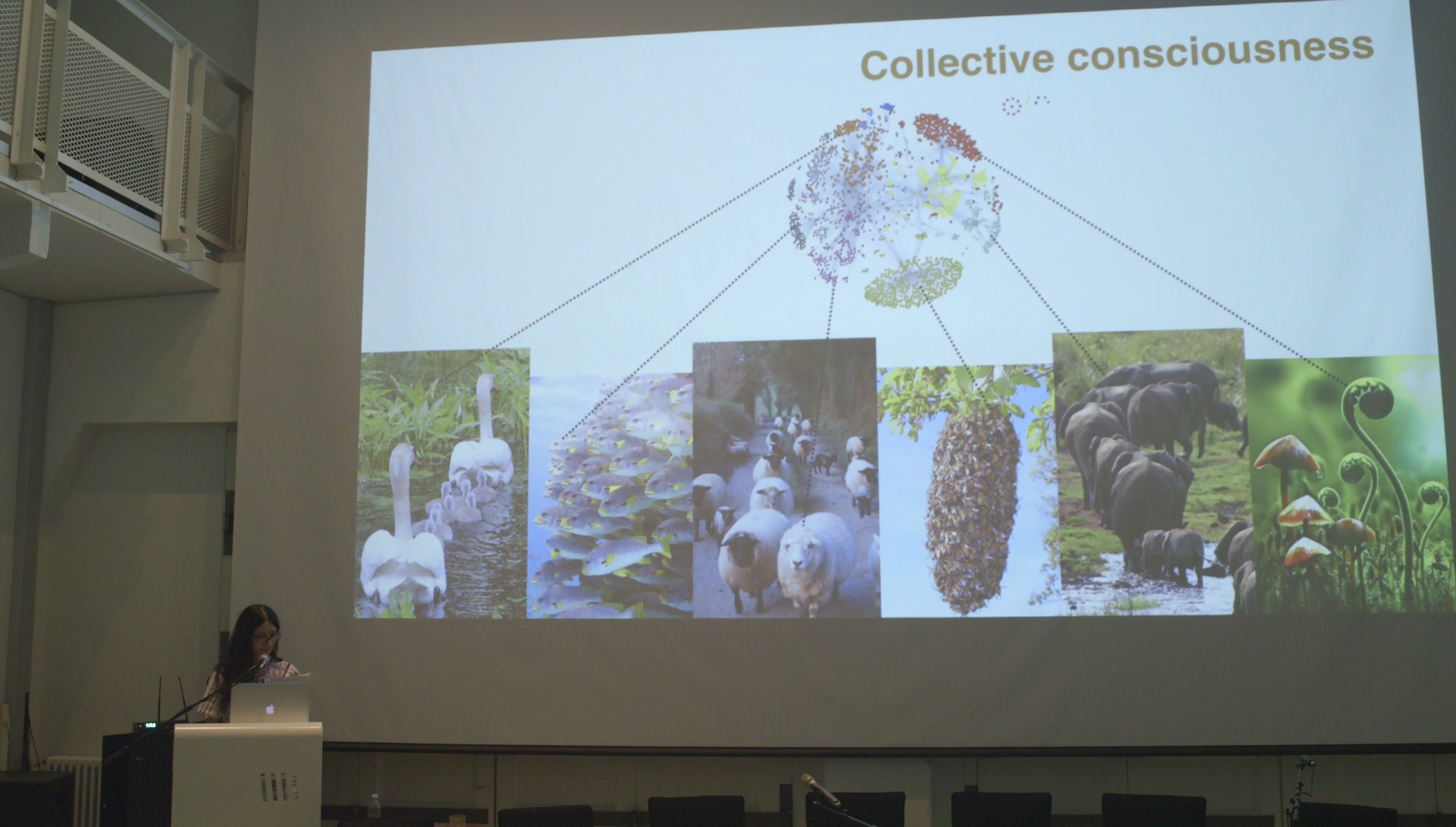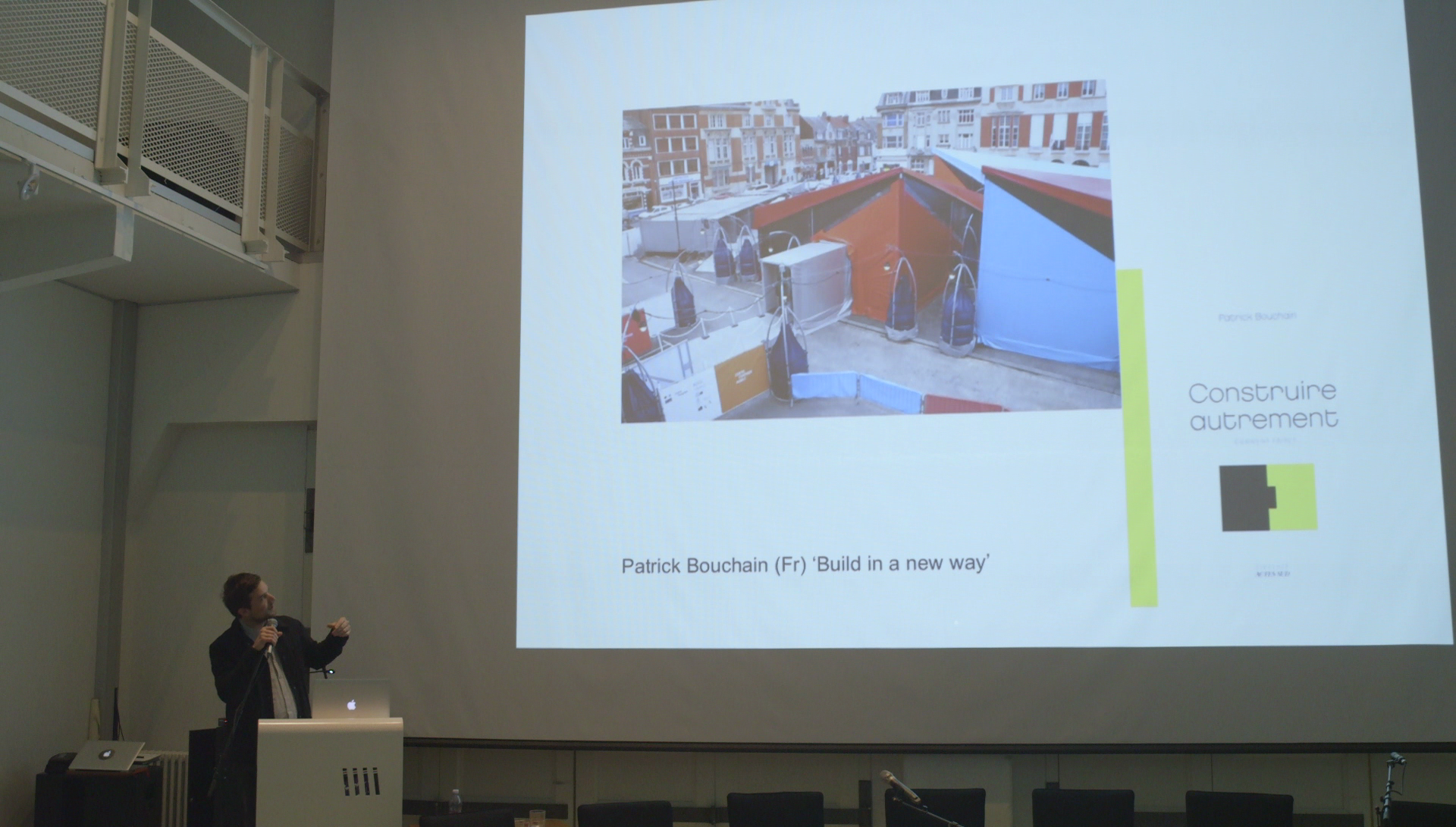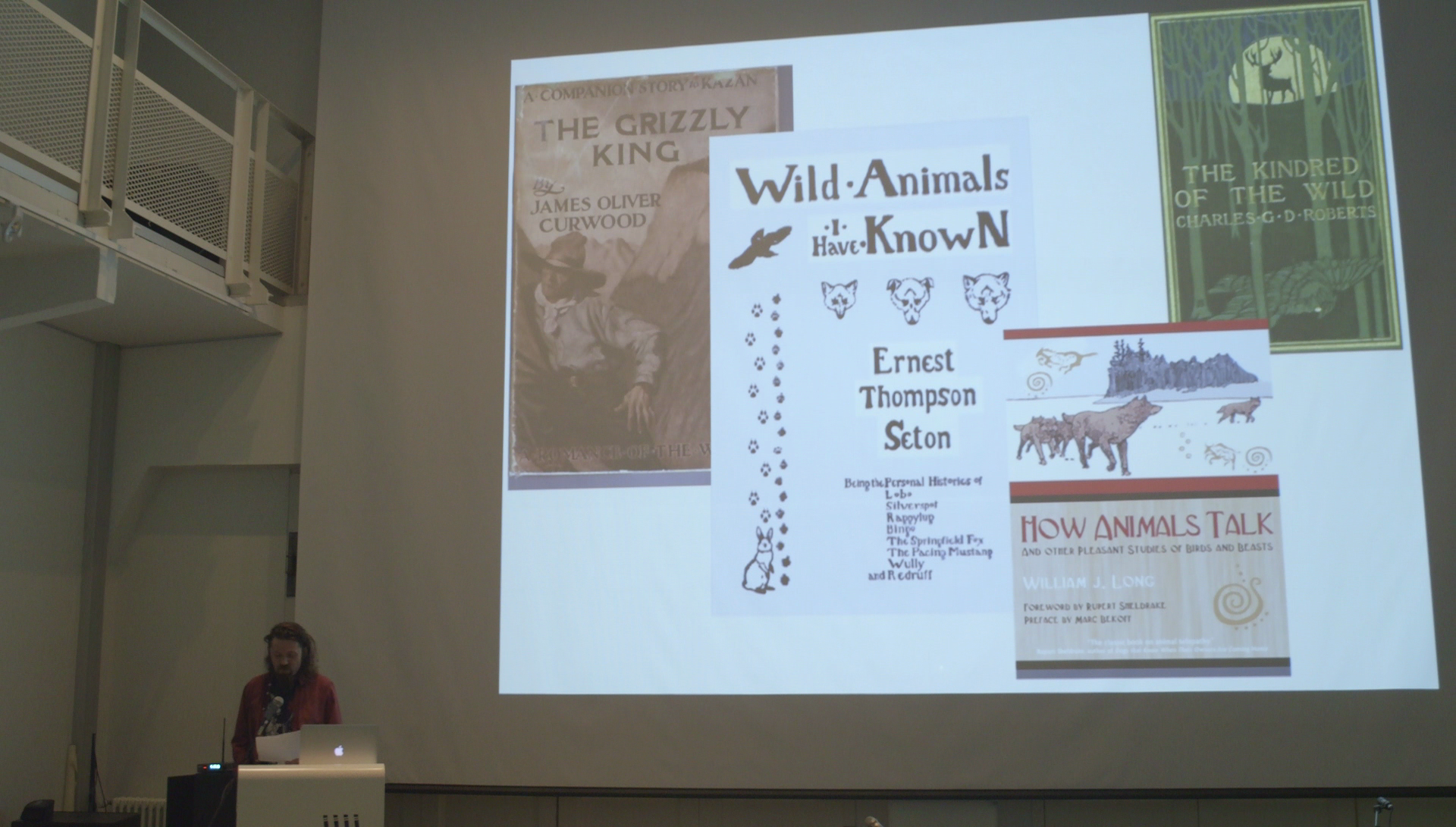Turfiction
Reykjavik Art Museum
30 October 2016
Part I
Turfiction is part of the program of the Future Fictions Summit that deploys the speculative power of fiction to incubuate new ecologies and forms of interspecies mutuality at a unique bridging point of-Ásbrú-between Iceland’s Cold War past and warming future.
Turfiction explores socio-material constellations, entwining fiction with the practices and concerns of the turf house, multispecies relations, care and time. Turfiction is the creation of alternative environments of equal-but-different existences with participation of humans, non-human others, and the biosphere (Papadopoulos 2010; Puig de la Bellacasa 2010). It is a playful attempt to generate expanded views that decenter humans and call for architecture of a contingent, cultivated and growing existence. Turfiction invites the crafting of new narratives and imagining of future scenarios that make room for other kinds of being; a living space embedded in multifaceted human and non-human assemblage and temporalities. The turf house offers a way to think though relations between living worlds and dwelling, interactions between everyday embodied practices, growth, time and space.
Thus, Turfiction offers a method to sharpen and put in dialogue concepts of housing, Commons, governing, decolonization, human/non human, (distributed) agency and cross-species collaboration and co-production. Turfiction articulates collective making, crafting and growth against production/consumption. It is a reaction to environmental havoc, predominant capitalist-oppressed scales of time and progress, patriarchal and anthropocentric structures that have driven the move into the Anthropocene.
Turfiction was motivated by our thoughts regarding the Patterson airfield on the Reykjanes Peninsula. Once a fenced-in NATO base and one of Iceland’s controversial sites, the site now belongs to Ásbrú Enterprise. The site is also being promoted as an innovative enterprise park, and a service and commercial hub, exploiting the Arctic— while the ice-caps melt and resources and shipping routes become partially accessible. The damaged and depleted cold-war site is now linked to another race, one involving high-risk military and corporate enterprises – both threats to humans and nonhumans. This outlook is the backdrop of Turfiction—an exercise of imaginary “reworlding” (Donna Haraway 2015).
The journey of reworlding begins in the Patterson field landscape, recently cleaned by a special bomb unit from the Icelandic Coast Guard. The field, which had almost been completely reclaimed by nature, is marked by empty ammunition storage units built by the US military. These soil-covered units blend into the field, calling to mind the centuries-old turfhouse tradition in Iceland. Yet, the storage units signal an idea of progress that is linear and patriarchal, rooted in environmental threat, regarding turfhouses as obstacles to modernization. The juxtaposition of these houses symbolize two different worlds and politics of scales, growth, rhythms, sizes, and time—all important elements when imagining and narrating new relationships for better living and dwelling.
Turfiction part I
Pia Lindman 2016: Sound Methodology: Revertebrate Turf / Revertebrate Mud (sound installation)
Tinna Grétarsdóttir and Sigurjón B. Hafsteinsson: Turfiction introduction
Ólafur Arnalds: The Soil.
Edda Sigurdís Oddsdóttir: What’s in the Soil?
Angela Salcedo: Evolution by choice not chance.
Hannes Lárusson: Íslenski bærinn: a vernacular curiosity
Gunnar Theodór Eggertsson: The Icelandic Farm Animal Story.
Thomas Pausz: Notes on Animal & Insect Design.
Supporters: University of Iceland, Nordic Culture Point, KADECO, Icelandic Visual Arts Fund.

